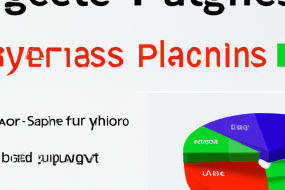
On-page SEO plays a crucial role in improving your website's search engine rankings. By optimizing various on-page elements, you can increase your website's relevance, authority, and usability. In this article, we'll discuss the dos and don'ts of on-page SEO and highlight the best practices for optimization.
Do: Conduct Keyword Research
Keyword research is essential for successful on-page SEO. It helps you identify the search terms your target audience uses and allows you to optimize your content accordingly. Use tools such as Google Keyword Planner or Ahrefs to conduct Keyword research and select the most relevant and high-traffic keywords for your content.
Don't: Keyword Stuffing
Keyword stuffing is a black hat SEO tactic that involves overusing keywords in a piece of content to manipulate search engine rankings. This practice decreases the quality of your content and can result in penalties from search engines. Instead, use your chosen keywords naturally throughout your content.
Don't: Duplicate Content
Duplicate content can harm your website's SEO by confusing search engines and lowering its authority. Make sure that your website only contains unique and original content. Use tools like Copyscape to identify any duplicate content on your website and remove it.
Do: Optimize Images
Images are an essential on-page element that can contribute to your website's SEO. Optimize your images by compressing their size, using relevant alt text, and ensuring they are the appropriate format. This will improve their visibility in search engine image results pages.
















